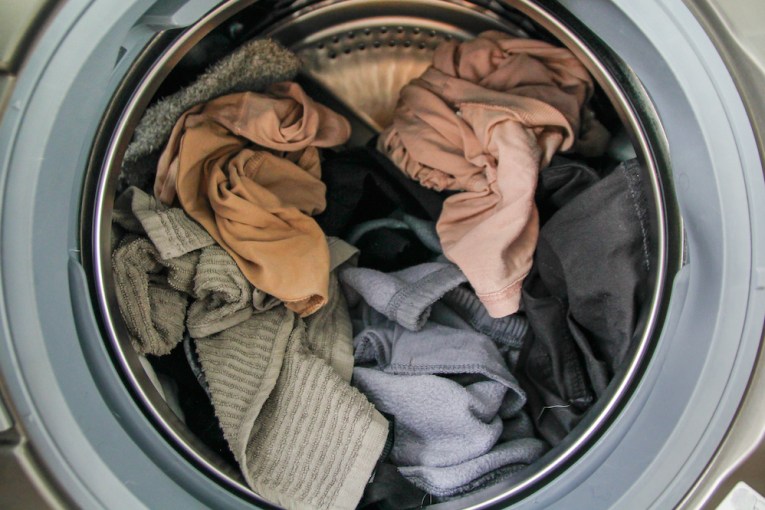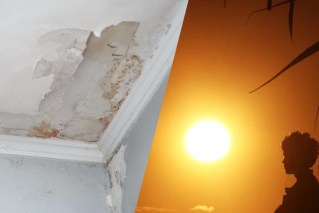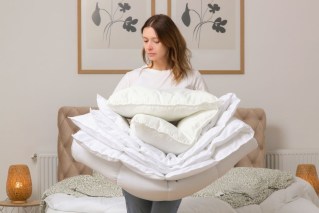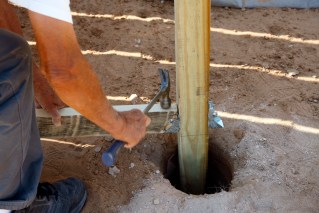Why modern granny flats could be your housing solution

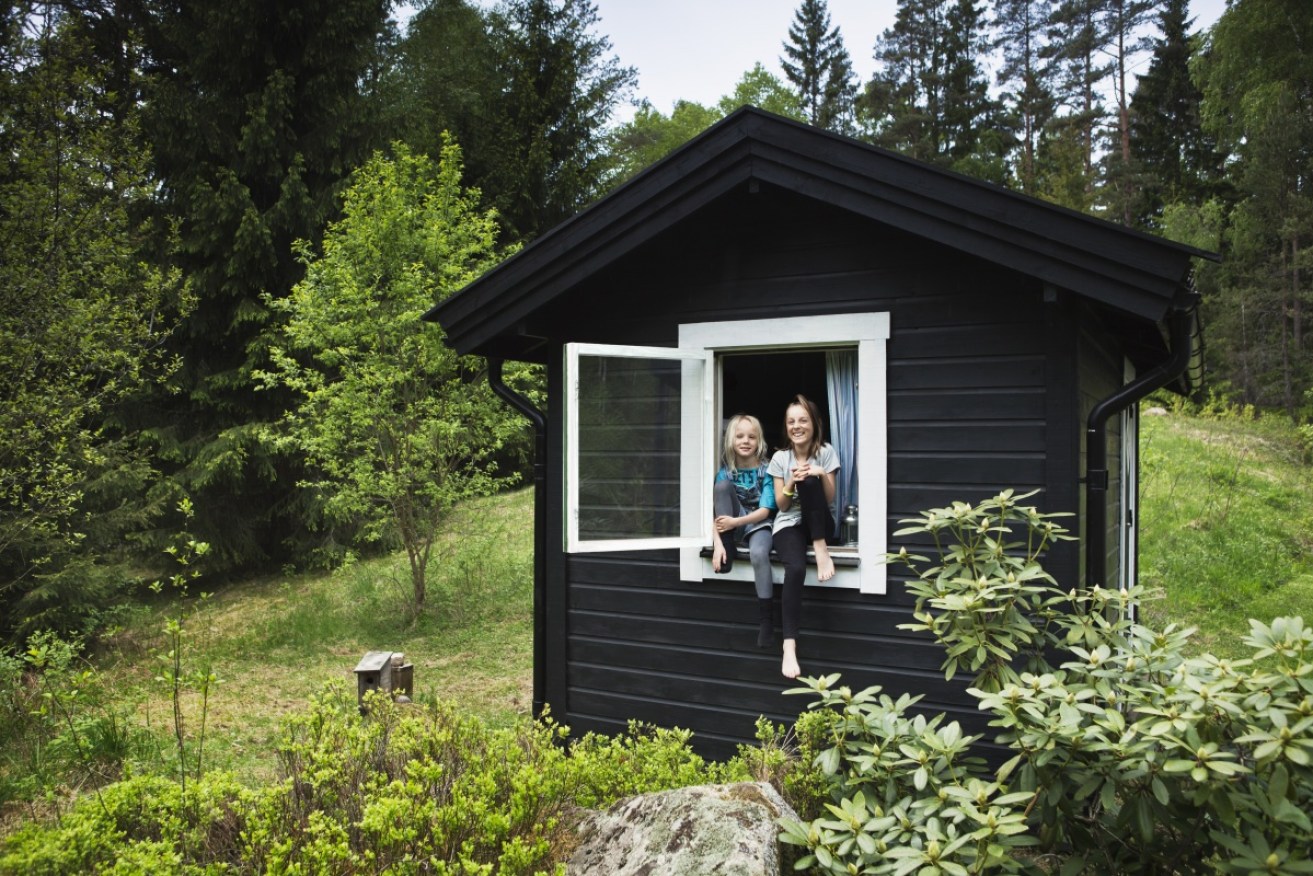
There's now an entire market catering to the humble granny flat. Photo: Getty
Australian family life is undergoing a seismic shake-up. Until a few decades ago, a typical household followed the nuclear family model, comprising a couple and their children, who left home in their late teens.
Volatile property markets have made this model unsustainable for many, with children lingering under parents’ roofs well into adulthood and parents living longer.
Many architects have responded creatively to the need for alternatives, and as a result, the humble granny flat has gone seriously upscale.
Considering installing one of these designer beauties in your backyard? Here’s what you need to know.
What’s different about modern granny flats?
The rise of the granny flat has been stellar. No longer spartan after-thoughts for inconvenient relatives, today’s granny flats are stylish and comfortable mini-homes. Flexible and compact designs make them affordable for families needing residential options at different life stages.
Many companies today cater solely for this market. Serge Panayi, director of Granny Flats Sydney says he was designing a few granny flats every month in 2009. That has now grown to around six a week. Lee Janssen, managing director of Avalon Granny Flats, says that as property prices spiralled, the increasing interest in secondary dwellings and compact homes led him to specialise in small home design.
Modern granny flats don’t go without in terms of energy efficiency and comfort, Janssen says. “We are continuing to see requirements for insulation, glazing, cooling and heating increase, in line with big pushes from state governments. Design-wise, most clients request generous outdoor spaces integrated with indoor living areas.”
What are the advantages of a granny flat?
Financially, a secondary dwelling can ease budgets by providing an investment and income – Janssen says the bulk of his jobs are for middle-aged homeowners looking to capitalise on land values. Some are for Gen Y’ers saving to enter the property market. They can be a downsizing option for retirees, or self-contained guest quarters. A granny flat also enables mutual care and cooperation between family members, and provides a close-by safety net for emergencies.
According to Mike Nichols, managing director at Granny Flats WA, some divorcing couples who don’t want the inconvenience of selling the family home and the financial loss of dividing assets are building granny flats to facilitate each other’s privacy and desire to live apart.
How much do granny flats cost and how long do they take?
Depending on materials and finishes, costs are generally substantially less than $200,000. For Panayi, a 60 square metre flat starts at $90,000 and average time for design, approval and build is 9-12 weeks.
“Landscaping, driveway and other external work, such as a second letterbox and clothesline, can stretch that further,” he says.
Janssen quotes around $115,000 for a one-bedroom unit with a patio, and $125,00 for two bedrooms. “Timeframe can be as short as eight weeks. But bear in mind that approvals with town planning issues can take several months.”
What are the construction options?
They can be custom-built, pre-fabricated, transportable or even flat-pack. Panayi says the primary reason his company builds on-site is that modular buildings aren’t permitted under NSW legislation. “I also feel that modular homes are generally less robust as a form of construction.”
Janssen comments, “Modular and transportable products may be advertised cheaper, but if you’re sitting on a property worth $1 million or more, adding a quality custom-built granny flat is the way to go.”
One company that is producing impressive modular backyard rooms is Victorian architecture-building practice ArchiBlox. Their range of pre-fabricated studios and granny flats are not just sustainably and architecturally designed, but energy efficient too.
They can be used as anything from a home office or studio to a granny flat, and prices range from about $45,000 to $150,000. Design features to choose from include sleeping zones, kitchens, bathrooms, bookshelves and even green roofs.
By Janet Dunn




